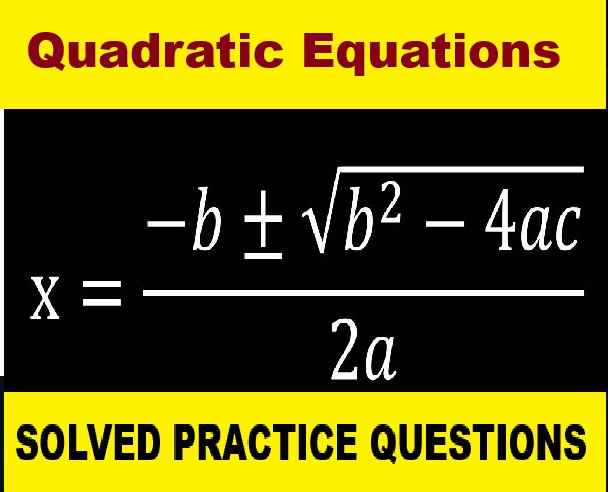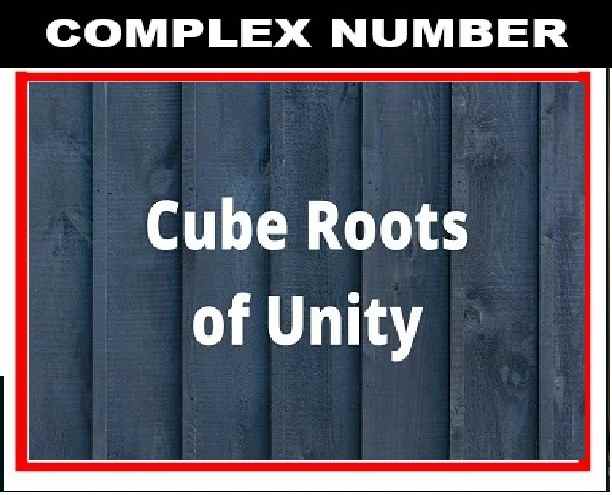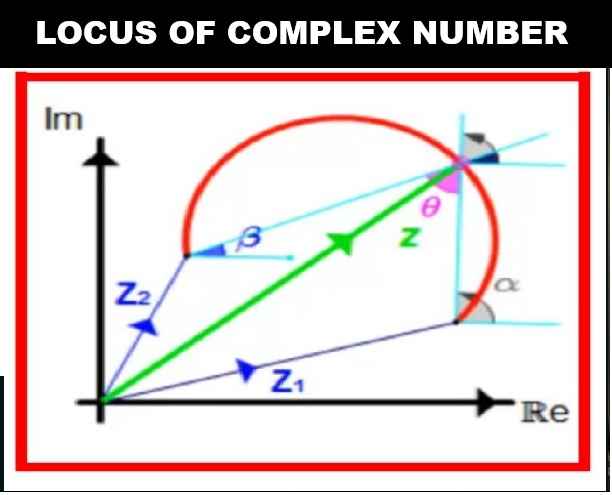Haloalkanes and Haloarenes MCQ Type Questions for ISC Class-12 Ch-10. These MCQ / Objective Type Questions is based on latest reduced syllabus according 2021-22 session on bifurcated pattern. Visit official website CISCE for detail information about ISC Board Class-12 Chemistry.
ISC Class-12 Ch-10 Haloalkanes and Haloarenes MCQ Type Questions
| Board | ISC |
| Class | 12th (XII) |
| Subject | Chemistry |
| Chapter-10 | Haloalkanes and Haloarenes |
| Syllabus | on bifurcated syllabus (after reduction) |
| Session | 2021-22 |
| Topic | MCQ / Objective Type Question |
Haloalkanes and Haloarenes MCQ / Objective Type Questions for ISC Class-12 Ch-10
Question 1 : The hybridisation of carbon in diamond is
(a) sp3
(b) sp2
(c) sp
(d) dsp2
Answer: (a) sp3
Question 2 : Good conductor of electricity and heat is
(a) Anthracite coke
(b) Diamond
(c) Graphite
(d) Charcoal
Answer: (c) Graphite
Question 3: Gem-dibromide is
(a) CH3CH(Br)CH2(Br)
(b) CH3CBr2CH3
(c) CH2(Br)CH2CH2
(d) CH2BrCH2Br
Answer: (b) CH3CBr2CH3
Question 4: Which of the following undergoes nucleophilic substitution exclusively by SN1 mechanism?
(a) Benzyl Chloride
(b) Ethyl chloride
(c) Chlorobenzene
(d) Isopropyl chloride
Answer: (a) Benzyl Chloride
Question 5: The increasing order of nucleophilicity would be?
(a) Cl– < Br– < I–
(b) I– < Cl– < Br–
(c) Br– < Cl– < F–
(d) I– < Br– < Cl–
Answer: (a) Cl– < Br– < I–
Question 6: Toluene reacts with a halogen in the presence of iron (iii) chloride giving ortho and para halo compounds. The reaction is
(a) Electrophilic elimination reaction
(b) Electrophilic substitution reaction
(c) Free radical addition reaction
(d) Nucleophilic substitution reaction
Answer:(b) Electrophilic substitution reaction
Question 7: Which reagent will you use for the following reaction?
CH3CH2CH2CH3 →CH3CH2CH2CH2Cl + CH3CH2CHClCH3
(a) Cl2/UV light
(b) NaCl + H2SO4
(c) Cl2 gas in dark
(d) Cl2 gas in the presence of iron in dark
Answer:(a) Cl2/UV light
Question 8: Which of the following is an example of vic-dihalide?
(a) Dichloromethane
(b) 1,2-dichloroethane
(c) Ethylidene chloride
(d) Ally l chloride
Answer:(b) 1,2-dichloroethane
Question 9: The position of -Br in the compound in CH3CH=CHC(Br)(CH3)2 can be classified as
(a) Allyl
(b) Aryl
(c) Vinyl
(d) Secondary
Answer: (a) Allyl
Question 10: In which of the following allotropes of carbon, percentage of carbon is maximum?
(a) Wood charcoal
(b) Coconut charcoal
(c) Graphite
(d) None of these
Answer: (c) Graphite
Question 11: IUPAC name of (CH3)3CCl
(a) 3-Chlorobutane
(b) 2-Chloro-2-methylpropane
(c) t-butyl chloride
(d) n-butyl chloride
Answer: (b) 2-Chloro-2-methylpropane
Question 12: Which of the following is a primary halide?
(a) Isopropyl iodide
(b) Secondary butyl iodide
(c) Tertiary butyl bromide
(d) Neohexyl chloride
Answer: (d) Neohexyl chloride
Question 13: Which of the following is most reactive towards SN1 reaction?
(a) C6H5C(CH3)C6H5Br
(b) C8H5CH2Br
(c) C6H5CH(C6H5)Br
(d) C6H5CH(CH3)Br
Answer: (a) C6H5C(CH3)C6H5Br
Question 14: CH3CH2CH2Br + NaCN → CH3CH2CH2CN + NaBr, will be fastest in
(a) ethanol
(b) methanol
(c) N, N-dimethylformamide
(d) Water
Answer: (c) N, N-dimethylformamide
Question 15: Chlorobenzene is formed by reaction of chlorine with benzene in the presence of AlCl3. Which of the following species attacks the benzene ring in this reaction?
(a) cl–
(b) cl+
(c) AlCl3
(d) [AlCl4]–
Answer: (b) cl+
Question 16: Ethylidene chloride is a/an
(a) vic-dihalide
(b) gem-dihalide
(c) allylic halide
(d) vinylic halide
Answer: (b) gem-dihalide
Question 17: A primary alkyl halide would prefer to undergo
(a) SN1 reaction
(b) SN2 reaction
(c) α-Elimination
(d) Racemisation
Answer: (b) SN2 reaction
Question 18: Organic compound must contain an element
(a) oxygen
(b) carbon
(c) hydrogen
(d) nitrogen
Answer: (b) carbon
Question 19: Alkene gives which of the following reactions?
(a) Addition reaction
(b) Substitution reaction
(c) Both (a) and (b)
(d) None of these
Answer:(c) Both (a) and (b)
Question 20: Single bond length between carbon-carbon is
(a) 1.34 Å
(b) 1.20 Å
(c) 1.54 Å
(d) none of these
Answer:(c) 1.54 Å
Question 21: When two halogen atoms are attached to same carbon atom then it is :
(a) vic-dihalide
(b) gem-dihalide
(c) α, ω -halide
(d) α, β -halide
Answer:(b) gem-dihalide
Question 22: How many structural isomers are possible for a compound with molecular formula C3H7Cl ?
(a) 2
(b) 5
(c) 7
(d) 9
Answer: (a) 2
Question 25: A Grignard reagent may be made by reacting magnesium with
(a) Methyl amine
(b) Diethyl ether
(c) 7Ethyl iodide
(d) Ethyl alcohol
Answer: (c) 7Ethyl iodide
Question 26: C-Cl bond of chlorobenzene in comparison to C-Cl bond in methyl chloride is
(a) Longer and weaker
(b) Shorter and weaker
(c) 7Shorter and stronger
(d) Longer and stronger
Answer: (c) 7Shorter and stronger
Question 27: Which of the following alkyl halides will undergo SN1 reaction most readily?
(a) (CH3)3C-F
(b) (CH3)3C-Cl
(c) (CH3)3C-Br
(d) (CH3)3C-I
Answer: (d) (CH3)3C-I
Question 28: What should be the correct IUPAC name for diethylbromomethane?
(a) 1-Bromo-1,1-diethylmethane
(b) 3-Bromopentane
(c) 1-Bromo-1-ethylpropane
(d) 1-Bromopentane
Answer: (b) 3-Bromopentane
Question 29: Molecules whose mirror image is non- superimposable over them are known as chiral. Which of the following molecules is chiral in nature?
(a) 2-Bromobutane
(b) 1 -Bromobutane
(c) 2-Bromopropane
(d) 2-Bromopropan-2-ol
Answer: (a) 2-Bromobutane
Question 30: Reaction of C6H5CH2Br with aqueous sodium hydroxide follows
(a) SN1 mechanism
(b) SN2 mechanism
(c) Any of the above two depending upon the temperature of reaction
(d) Saytzeff rule
Answer: (a) SN1 mechanism
Question 31: Valency of carbon is
(a) 1
(b) 2
(c) 3
(d) 4
Answer: (d) 4
Question 32: Criteria for purity of organic solid is
(a) boiling point
(b) melting point
(c) specific gravity
(d) none of these
Answer: (b) melting point
Question 33: IUPAC name of CH3CH2C(Br) = CH—Cl is
(a) 2-bromo-1-chloro butene
(b) 1-chloro-2-bromo butene
(c) 3-chloro-2-bromo butene
(d) None of the above
Answer: (a) 2-bromo-1-chloro butene
Question 34: The IUPAC name of CH2 = CH—CH2Cl is
(a) Allyl chloride
(b) 1-chloro-3-propene
(c) Vinyl chloride
(d) 3-chloro-1-propene
Answer: (d) 3-chloro-1-propene
Question 35: A solution of (+) 2-chloro-2-phenylethane in toluene racemises slowly in the presence of a small amount of SbCl5, due to the formation of
(a) carbanion
(b) carbene
(c) free radical
(d) carbocation
Answer: (d) carbocation
Question 36: The decreasing order of boiling points of alkyl halides is
(a) RF > RCl > RBr > RI
(b) RBr > RCl > RCl > RF
(c) RI > RBr > RCl > RF
(d) RCl > RF > RI > RBr
Answer: (c) RI > RBr > RCl > RF
Question 37: Which of the following halide is 2° ?
(a) Isopropyl chloride
(b) Isobutyl chloride
(c) n-propyl chloride
(d) n-butyl chloride
Answer: (a) Isopropyl chloride
Question 38: Halogenation of alkanes is
(a) a reductive process
(b) an oxidative process
(c) an isothermal process
(d) an endothermal process
Answer: (b) an oxidative process
Question 39: Phosgene is commonly known as
(a) thionyl chloride
(b) carbonyl chloride
(c) carbon dioxide and phosphine
(d) phosphoryl chloride
Answer: (b) carbonyl chloride
Question 40: The reaction of tert butyl bromide with sodium methoxide produces mainly
(a) isobutane
(b) isobutylene
(c) tert-butyl methyl ether
(d) sodium tert butoxide
Answer: (b) isobutylene
Question 41: Number of π bonds in ethyne is
(a) 1
(b) 2
(c) 3
(d) 4
Answer: (b) 2
Question 42: The compound having general formula CnH2n+2 is
(a) Alkene
(b) Alkyne
(c) Alkane
(d) none of these
Answer: (c) Alkane
Question 43: Bromination of methane in presence of sunlight is a
(a) nucleophilic substitution
(b) free radical substitution
(c) electrophilic substitution
(d) nucleophilic addition
Answer: (b) free radical substitution
Question 44: Which of the following reactions follows Markovnikov’s rule?
(a) C2H4 + HBr
(b) C3H6 + Cl6
(c) C3H6 + HBr
(d) C3H6 + Br2
Answer: (c) C3H6 + HBr
Question 45: Which of the following compounds will have highest melting point?
(a) Chlorobenzene
(b) o-Dichlorobenzene
(c) m-Dichlorobenzene
(d) p-Dichlorobenzene
Answer: (d) p-Dichlorobenzene
Question 46: Ethyl alcohol is obtained when ethyl chloride is boiled with
(a) alcoholic KOH
(b) aqueous KOH
(c) water
(d) aqueous KMnO4
Answer: (b) aqueous KOH
Question 47: Which of the following will have the maximum dipole moment?
(a) CH3F
(b) CH3Cl
(c) CH3Br
(d) CH3I
Answer: (b) CH3Cl
Question 48: Phosgene is a common name for
(a) phosphoryl chloride
(b) thionyl chloride
(c) carbon dioxide and phosphine
(d) carbonyl chloride
Answer: (d) carbonyl chloride
Question 49: The alkyl halide is converted into an alcohol by
(a) elimination
(b) dehydrohalogenation
(c) addition
(d) substitution
Answer: (d) substitution
Question 50: Ethylene dichloride can be prepared by adding HCl to
(a) Ethane
(b) Ethylene
(c) Acetylene
(d) Ethylene glycol
Answer: (d) Ethylene glycol
-: End of Haloalkanes and Haloarenes MCQ Type Questions for ISC Class-12 Ch-10 Solutions :-
-: also visit :-
ICSE Class-12 Text book Solutions, Notes , Syllabus, Paper, Notes
Please share with your ISC friends if it is helpful
Thanks


